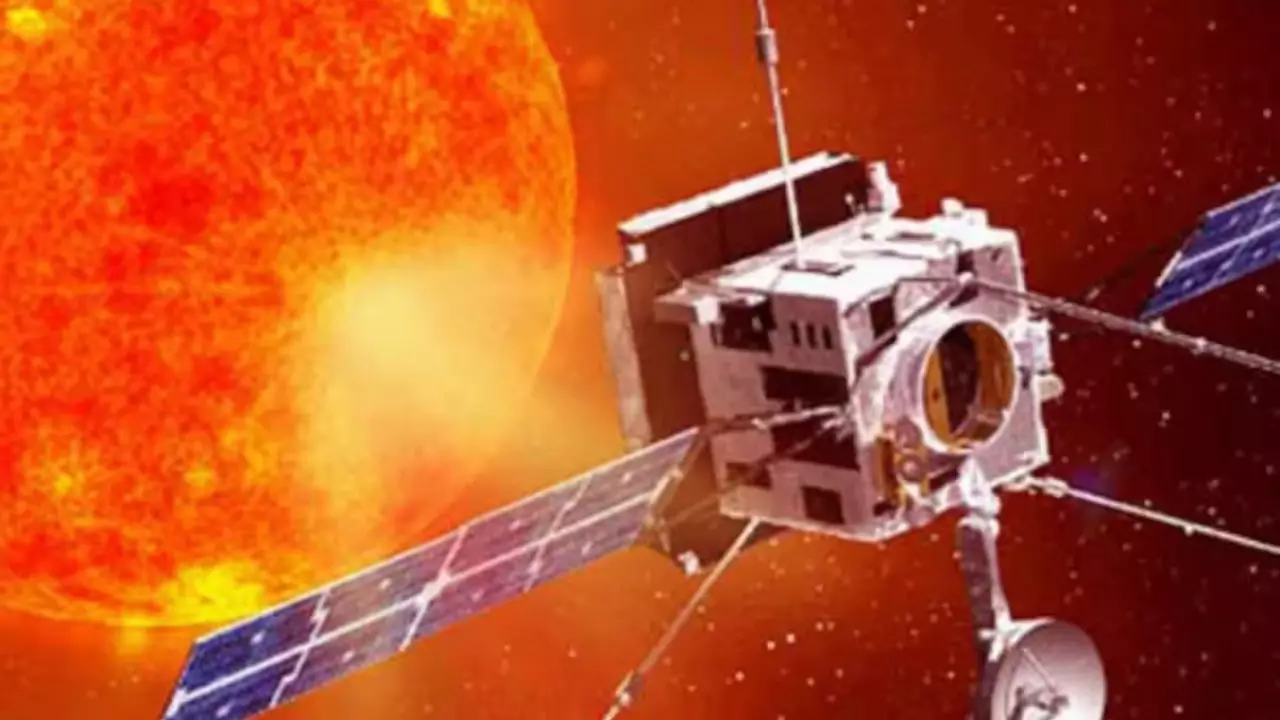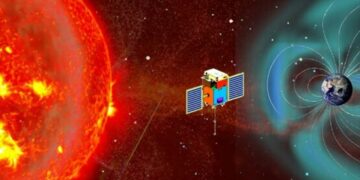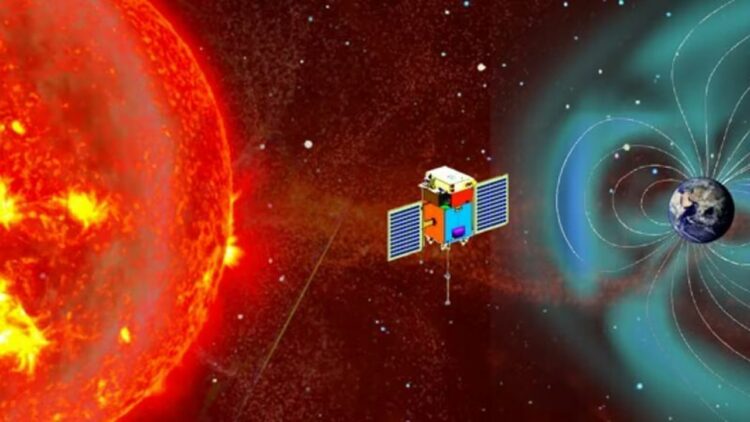After India successfully landed Chandrayaan 3 on the surface of the moon, ISRO on Monday announced that they are going to launch their first mission to the sun, the Aditya-L1 solar mission, on 02 September 2023 at 11:50 am IST from the Sriharikota spaceport.
ISRO’s Aditya-L1 Solar Mission

Read Also: Chandrayaan-3’s Close-Up: ISRO Shares Stunning Moon Video.
The spacecraft has been designed in such a way to receive the remove observation with the help of Aditya L1 from the solar corona and in-situ observations of the solar wind at L1, which is Sun-Earth Lagrange point and about 1.5 million kilometers from the Earth. The spacecraft has been planned to be placed in a halo orbit around the L1 point of the Sun-Earth system. The benefit of placing it in a halo orbit will be that it can observe the sun without interruption from any other planet or eclipse.
Lagrange Points are the positions in space where the gravitational forces of the Earth and the Sun produce enhanced regions of attraction and repulsion. As per NASA, spacecraft can use it as an advantage to reduce fuel consumption and remain in position.
The Bengaluru headquartered space agency has announced that the Aditya-L1, the first ever India’s space mission to observe the sun, will be launched using a PSLV-C57 rocket. The spacecraft would carry seven payloads to observe the chromosphere, photosphere, and corona, the Sun’s outermost layers.
As per the ISRO, they aim to study the sun and collect data on how the corona’s temperature reaches a million degrees while the sun’s surface remains at over 6000 degrees Centigrade.
As the team has target point L1, it will have the advantage of four payloads to view the sun, and the remaining three payloads will carry out in-situ studies of particles and fields at the L1 point. They, thus, will be able to provide critical scientific studies of the propagation effect of solar dynamics in the interplanetary medium.
ISRO has confirmed that Aditya-L1 will be the first-ever mission that will provide the most crucial information about the coronal heating, pre-flare, and flare activities and their characteristics, coronal mass ejection (CME), dynamics of space weather, propagation of particles and fields, etc. So, these are the qualities that make this mission a unique one.
To get more out of our exclusive news, Follow us on Facebook and Instagram.















